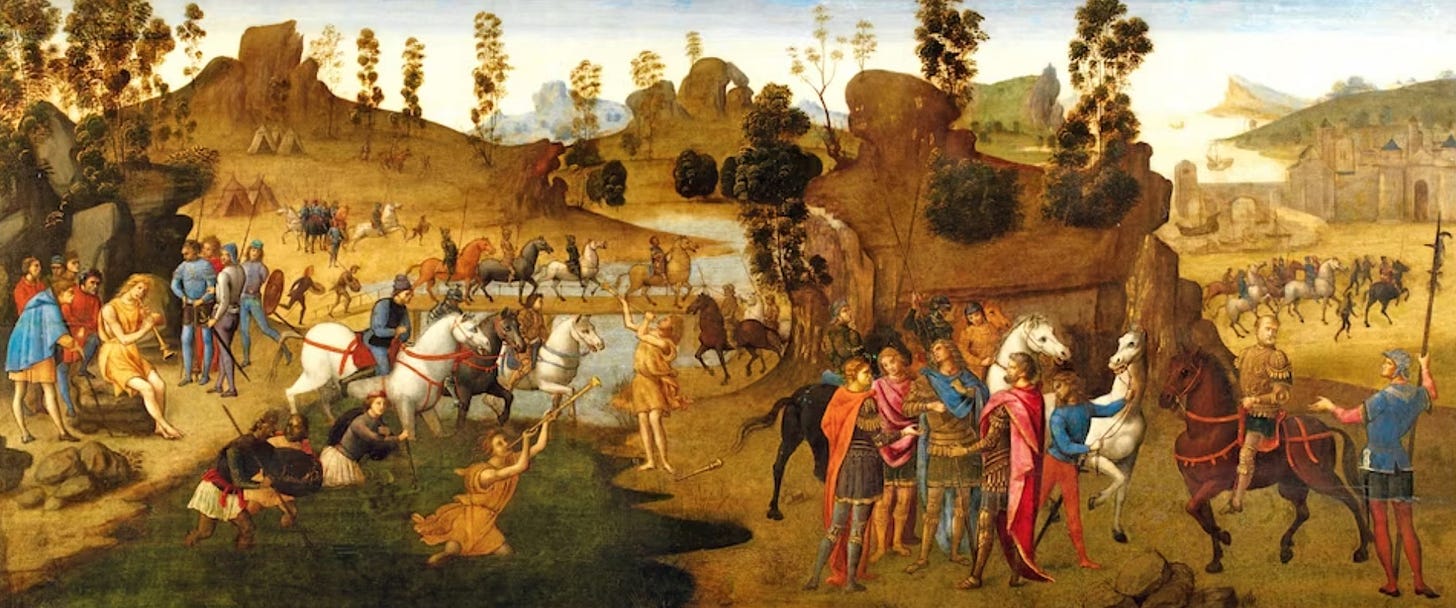Pivotal turning point of antiquity
Review of Rubicon: The Triumph and Tragedy of the Roman Republic by Tom Holland
This is a narrative panorama of one the great historical watersheds: the slide to the destruction of the Roman Republic. Holland begins with the rivalry of Marius and Sulla. In the late 2nd century BCE, these two generals appeared in the period when Rome was expanding so rapidly that a new source of manpower had to be found: rather than exclusively rely…
Keep reading with a 7-day free trial
Subscribe to Crawdaddy’s Substack to keep reading this post and get 7 days of free access to the full post archives.




